Historically speaking, humans have been eating insects for millions of years. To this day, well over 1/3 of the human population relies on bugs for protein and other vital nutrients. You may be consuming all kinds of bugs that get ground up in flour or make their way into frozen vegetable packages.
In fact, it is estimated that every person in the United States consumes over two pounds of bugs each year without realizing it. Beer drinkers eat even more bugs because just 10 grams of hops contains over 2500 aphids; and this number is acceptable to the FDA.
So, what wouldn’t you count on them for off-grid survival?
Grasshoppers
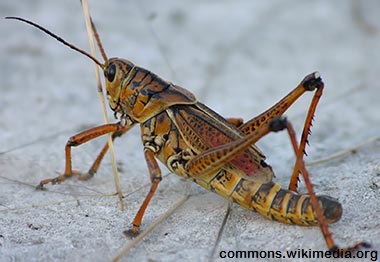
Grasshoppers have wings on their back to assist them in traveling across long distances. Their heads have two antennae, which they use for navigation. They are found on grassy fields, meadows, and along the forest tree line.
To attract them, use a jar or other container and put it on its side. Put fresh leftover vegetables or other edible foods in the jar for bait. Set the trap and put it out at sunset. At sunrise, there will be grasshoppers in the jar. Do not forget to put the lid on the container. You can also catch them by hand. This way is much slower, and you have to start before dawn.
Grasshoppers can be deep fried, roasted, or baked. They can be eaten like this or added to sauces or stews. Some like them with a little salt and vinegar.
Ants
Ants are red or black in color, and about 1/4 inch in size. They also have antenna on their heads and 3 pairs of legs attached to an hourglass body.
Ants are found in anthills. Catch them by putting a stick in the anthill, wait a minute, and then remove the stick. Put the ants in a jar by shaking the stick. The ant larva can also be eaten.
In order to attract them, use sugar water, peonies, or any kind of food. Ants can be roasted, toasted, or dipped in chocolate.
Special Notes: Not all ant species are edible. It is best to stay away from fire ants and other poisonous ant colonies since they can easily attack and kill you if the swarms are large enough. Before hunting for ants, make sure you know which ones in the area are safe to eat and hunt.
Sow Bugs (also known as Rolly Pollies)
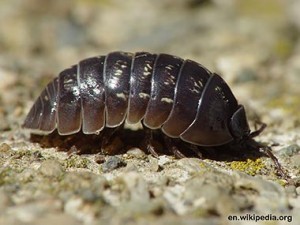
Rolly Pollies are found under rotten wood, stones, or anything that has been sitting on soil for a while. So place rotten wood, stones, or other materials on the surface of the ground to attract them.
Sow Bugs are best cooked toasted to very crispy. Then they can be eaten by the handful, and they can be consumed raw with pepper or hot sauce.
Termites
Termites are about 1 inch long with 2 wings, 2 pair of legs, and antennas on their head. Since termites live in rotting wood, keep some near your base camp. Another way to attract them is to have a light source that is surrounded by a fine mesh net.
Termites are best toasted in a pan with olive oil and your favorite spices.
Crickets
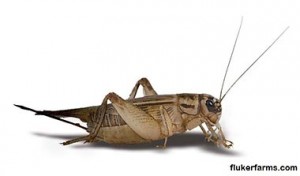
To attract the crickets, put a jar on its side on the ground. Put flour, fresh vegetables, or other bait in it. Put it out at sunset and recover it at dawn. Be sure to cap the container.
Crickets can be fried, roasted, or baked. They can be eaten by themselves, or put in stews and sauces.
Maggots
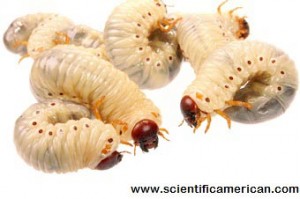
To attract them, lay a piece of rotting meat or fish on the ground and leave it until you see maggots covering the bait. Then, scrape them off the bait into a jar.
Maggots can be fried, roasted or even eaten raw. Their taste will depend on what they were eating. If they were on something noxious, cover with hot sauce or strong herbs.
When you first hear about eating bugs for survival purposes, you may feel grossed out and nauseated. It is very important to realize that you are already eating bugs in modern processed foods.
Therefore, if you have any hesitance about consuming bugs listed in this article, consider that you may have already savored their delicious flavorings, and benefited from their nutrient rich bodies.



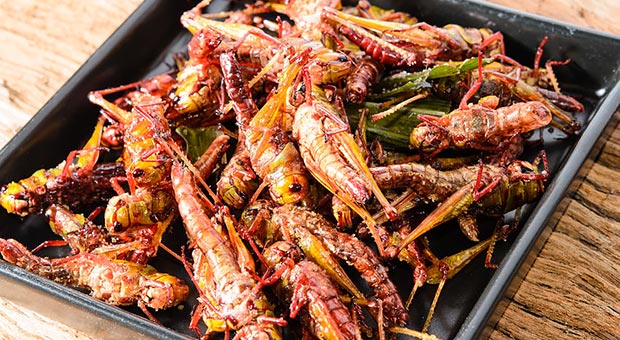



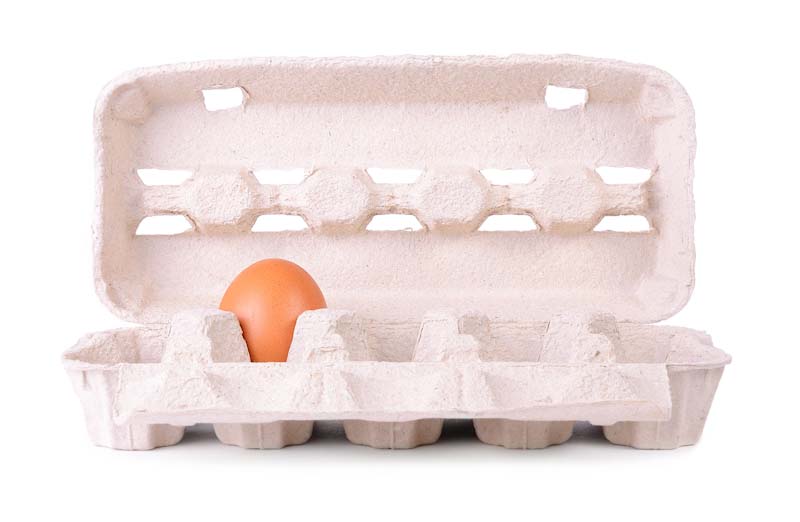

pk allen | April 7, 2014
|
I think that meal worms were either roasted or fried and used as a snack food. Kind of like we would serve potato or corn chips at a party. I believe this may have been common during the late 1800s. I can’t find data to support this, but I remember seeing it on tv years ago. BTW Fred, that rotting meat and maggots thing… There are plenty of other foods maggots can enjoy. The rotting meat/lethal bacterial/ other “surprise!” Parasites thing seems rather risky. And for medical purposes maggots have been used to consume necrotic flesh in humans…living humans with nasty wounds. That sort of thing. The grasshopper eating deal…I would recommend removing those back legs because of those barb like scratchy parts. Choking on a grasshopper leg would be a bummer.
cliff truman | April 7, 2014
|
While deer hunting I kicked over a big stump which was full of fat grubs. I tried them and discovered that they tasted like bacon. Yummy! They would make good cooking oil :o)
Ukachukwu Onyeabor | April 8, 2014
|
It’s good to know that the white folks can now enjoy eating ants, maggots, bugs etc., with ‘poor’ Africans. Good article; good read.
James Sida | July 26, 2021
|
Nobody said anything derogatory about Africans.
Fay | April 8, 2014
|
Silkworm pupae taste like cashews when they’re cooked in a little oil. Haven’t tried canned ones; I’ve heard they’re nasty. When raising them you need one good-sized mulberry tree per 1000 silkworms.
Aubrey | April 8, 2014
|
I’ve never seen termites as large as you described. The only size I’ve ever seen were about 3/8″ long. Also the picture that you used by the maggot section were grub worms. The smaller variety is about an inch long and is found in the ground. They are the larva for “June Bugs”. The larger variety is about 2 inches in length and is found in rotting pine logs or trees. They are the larva for the pine beetle. I have been told that they are both edible. It’s recommended that you pinch off the dark last section of their bodies, since that is where the excrement is stored.
Kanna-Chan | April 15, 2014
|
Grubs I can handle, maggots, not so much. I could probably bring myself to eat most insects but not ones normally associated with filth like cockroaches or maggots.
Liz | April 23, 2015
|
FYI the image in the “maggot” section of this article is a “European chafer larvae” (which I assume is edible) and is not a maggot. http://www.turf.msu.edu/european-chafer
Randy J McRay | June 27, 2021
|
I agree. Some people think these are the same things maggots and grub worms. Grub worms are safe to eat in a very nutritious, however you should never eat a maggot.. if you don’t leave believe me.
Eating maggots or maggot-infested food can cause bacterial poisoning. Most foods that have maggots aren’t safe to eat, especially if the larvae have been in contact with feces. … It’s possible for maggots to become contaminated with Salmonella enteritidis and Escherichia coli bacteria.. so although I believe most of the story is correct do not eat maggots. In the writer’s defense I think he may have just been calling grub worms maggots.
Pingback:Surviving Off-grid When the Stockpile Is Gone | June 13, 2014
|
Pingback:Top 10 Wild Edibles | Survival skills, survival guns, survival guide | November 5, 2014
|
Pingback:5 Reasons To Make A Bug In Bag | Prepper's Survival Homestead | October 26, 2015
|
Pingback:5 Reasons To Make A Bug In Bag - Survival By Preparedness | October 26, 2015
|
Pingback:10 Ways For Preppers To Use Egg Crates | Survivopedia | August 2, 2016
|
Pingback:5 Reasons To Make A Bug In Bag | Survivopedia | February 15, 2018
|
Julie | November 2, 2018
|
I much rather enjoy grazing on the greens in nature. My mother says her Grandma Spencer knew all the safe “ weeds” to pick and used the world as her fresh garden. I love that memory my 88 year old mother has of her Grandma Carrie.
No eat pesticide sprayed lawns, of course.
Marjorie Brewer | March 2, 2020
|
One common sign of fire ant activity is the worker and swarmer ants. Other signs can be their sandy earthen mounds, which are usually more visible after recent rainfall, or the complaints of customers who are being stung by ants.